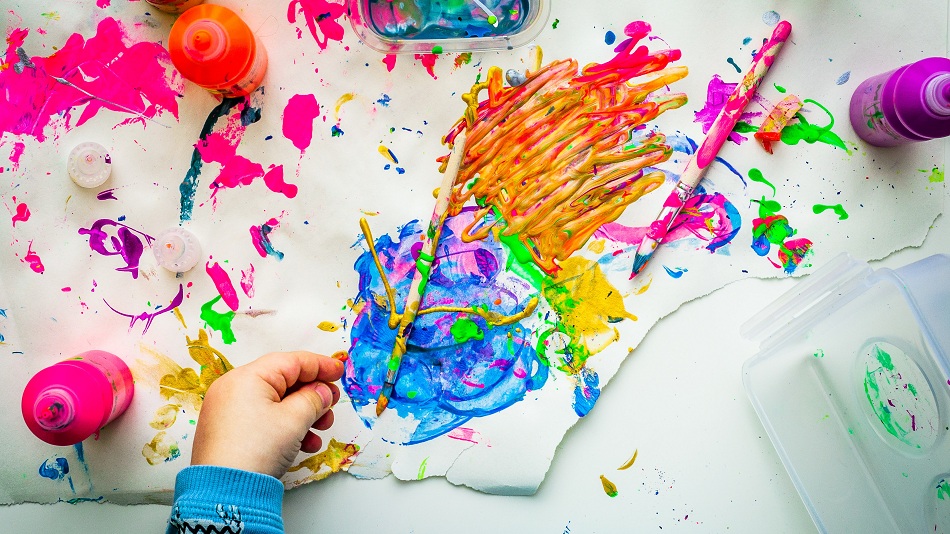CBSE releases art-education & art-integrated learning guidelines for schools


The Central Board of Secondary Education (CBSE) has released guidelines for implementation of Art-integrated projects for Class 1 to 10 students. According to a CBSE notification, these projects would be mandatory for Class 9 and 10 students and optional for Class 1-8 students.
The projects have to be group projects and should integrate any form of Indian art – visual or performing. The guidelines have been issued for the facilitation of teachers and principals to implement Art Integrated Learning (AIL) as an educational tool to create a beautiful environment for experimental and enjoyable learning in the classroom.
As per the guidelines published by CBSE, all schools should introduce industry-integrated learning and ensure that students learn about the vast and diverse culture and heritage of our country.
Read More: JGU becomes India’s first university to get QS IGAUGE certification for excellence in e-learning
For Class 1 to 8, Art Integrated Projects should be of trans-disciplinary nature. However, the project activities may include more than one subject in a particular academic year and this can be considered for Internal Assessment in the subjects concerned.
In at least one project work of students from Classes I -X, which is to integrate any art form of the paired State / UT, defined under the "Ek Bharat Shreshtha Bharat Programme". For example students in Delhi schools must take up a project that is based on the art form of Sikkim.
According to CBSE, ‘The marks awarded for these projects, as part of subject-enrichment activities of Class X, will be collected by the Board at the time of uploading of marks of internal assessment.’
The objective of AIL is not to promote arts and skills of arts but to use art as a tool to teach other subjects. The focus here should be to accept arts as a medium of the learning process.